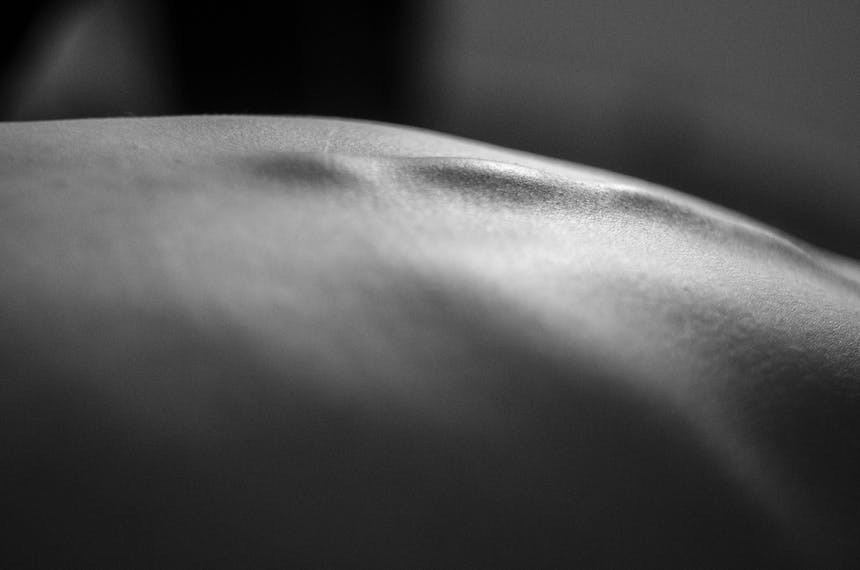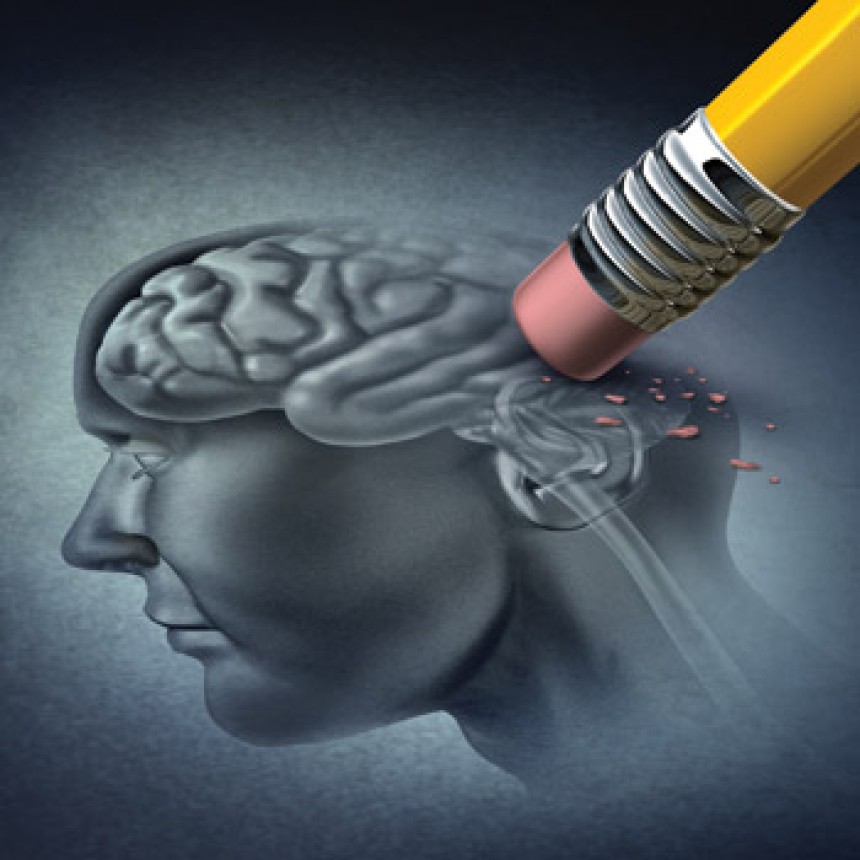
Trigeminal Neuralgia
This article delves into Trigeminal Neuralgia (TN), a condition characterized by recurrent episodes of unilateral electric shock-like pain in the distribution of the trigeminal nerve. It outlines the triggers, clinical presentation, and the importance of brain MRI for diagnosis. The article discusses various pharmacological therapies, including carbamazepine, oxcarbazepine, gabapentin, and lamotrigine, as well as adjunctive therapies like baclofen and pimozole. The role of intravenous rescue therapies and the potential for surgical intervention in refractory cases are also explored.
Clinical Presentation and Diagnosis of Trigeminal Neuralgia
TN is characterized by brief episodes of unilateral electric shock-like pain, triggered by stimuli from the oral cavity, paranasal sinus, or everyday activities like chewing or smiling. Brain MRI is essential to rule out neurovascular compression or structural brain lesions.
Pharmacological Therapy for Trigeminal Neuralgia
The first-line treatment for TN includes carbamazepine or oxcarbazepine. For patients not responding to initial treatment, gabapentin or lamotrigine may be beneficial. Baclofen and pimozole serve as adjunctive therapies.
Rescue Therapy and Medication Weaning
Intravenous infusions of lidocaine or fosphenytoin can provide analgesia during acute exacerbations. After disease control, gradual withdrawal of medications is recommended, with a slow tapering schedule.
Surgical Therapy for Refractory Trigeminal Neuralgia
In cases refractory to medical therapy, surgical options like microvascular decompression, various types of rhizotomy, or gamma knife radiosurgery are considered.
References
- Pearce JMS. Trigeminal neuralgia in the 17th and 18th centuries. J Neurol Neurosurg Psychiatry. 2003; 74:1688.
- National Institute of Neurological Disorders and Stroke. Trigeminal neuralgia fact sheet. https://www.ninds.nih.gov/Disorders/Patient-Caregiver-Education/Fact-Sheets/Trigeminal-Neuralgia-Fact-Sheet. Accessed 2018.
- Headache Classification Committee of the International Headache Society (IHS). The International Classification of Headache Disorders, 3rd edition (beta version). Cephalalgia. 2013;33:629–808.
- Cruccu G, et al. AAN-EFNS guidelines on trigeminal neuralgia management. Eur J Neurol. 2008;15:1013–1028.
- Bennetto L, Patel NK, Fuller G. Trigeminal neuralgia and its management. BMJ 2007; 334:201.
- Gronseth G, et al. Practice parameter: the diagnostic evaluation and treatment of trigeminal neuralgia. Neurology. 2008;71:1183–1190.
- Moore D, et al. A systematic review of rescue analgesic strategies in acute exacerbations of primary trigeminal neuralgia. Br J Anaesth 2019; 123:e385.
- Hall GC, Carroll D, Parry D. Epidemiology and treatment of neuropathic pain. Pain. 2006;122:156–162.
- Heros RC, et al. Principles of neurosurgery. In: Neurology in Clinical Practice. 2004. p.963.





